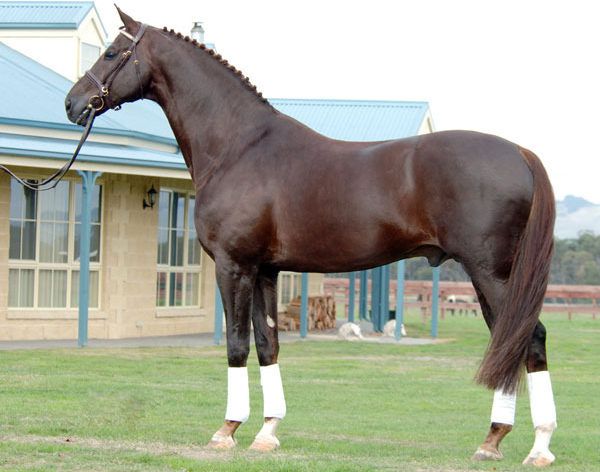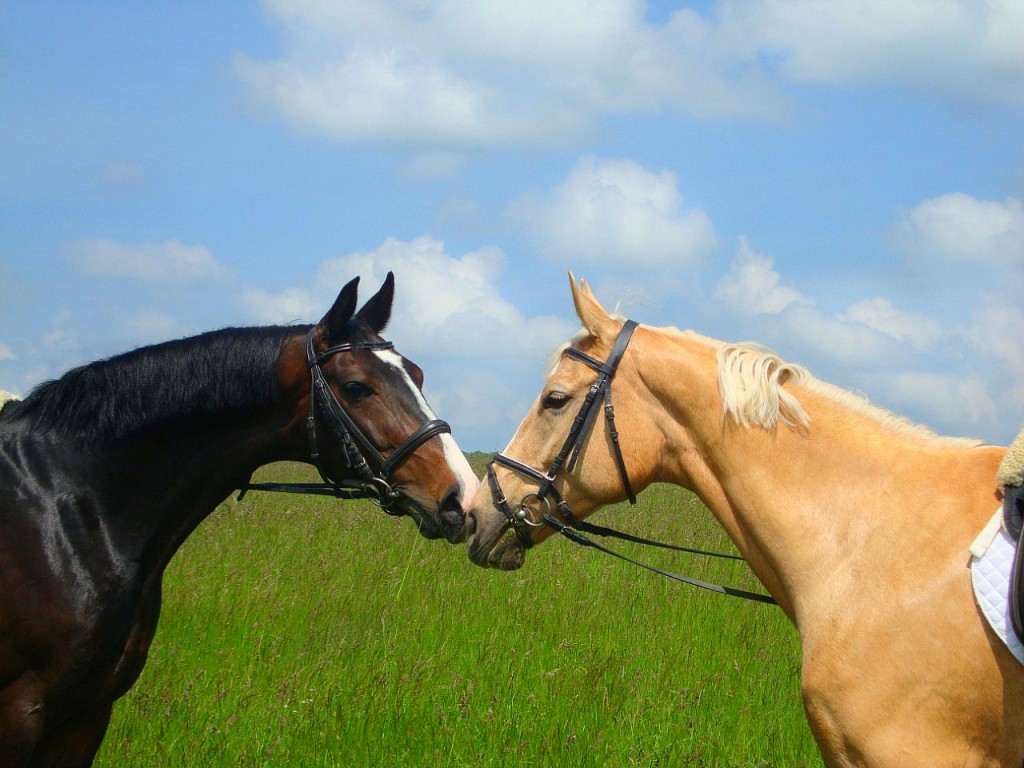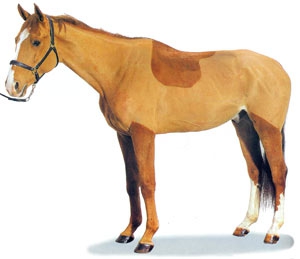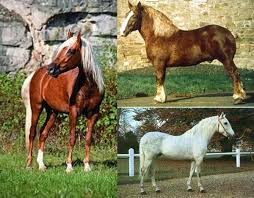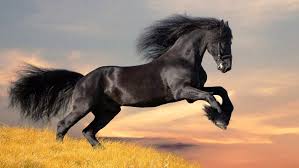Lippitsian horse
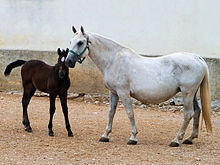 Lipitsian (Lipitsan, Lipisan) – a breed of horse-harnessed horses. Growth about 147-157 centimeters, have a light gray color. They have high ability to learn complex tricks with a massive body.
Lipitsian (Lipitsan, Lipisan) – a breed of horse-harnessed horses. Growth about 147-157 centimeters, have a light gray color. They have high ability to learn complex tricks with a massive body.
The breed was bred in the 16-17 centuries. in the village of Lipitsa, which is why it was named. The breed is associated with the old Viennese Spanish riding school.
Characteristics
At the withers, most of them are 147-157 centimeters , although those horses that are brought closer to the harness reach 165 centimeters .
Lippician horses have a long head with a straight or slightly curved profile. The jaw is deep, the ears are small, the eyes are large and expressive, the nostrils are swelling. They have a curved hard neck, withers low, muscular and wide. They have a broad, deep back, a wide croup and muscular shoulders. The legs are muscular and strong, with wide joints .
They usually grow up slowly, but live an active life longer than other breeds. In the Spanish Riding School, twenty-year-old horses perform complex exercises .
Color
Mare and dark foal
Most Lippians are gray; rarely bay and black. Like other gray horses, they have black skin, dark eyes, with a white coat. They are born dark and gradually brighten during the first 6 to 10 years of life. They are often mistakenly referred to as white horses , but white horses are born light and have fair skin .
Until the 18th century, the color was significantly more diverse , but gray is determined by the dominant gene . The gray color was preferred by the royal family, and therefore the horse breeders preferred it . However, the Spanish Riding School has an observable and now old tradition of having at least one dark stallion .
